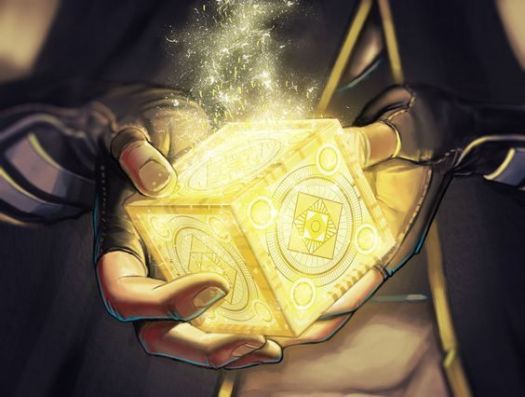Leomund's Trap (spell)
Leomund's Trap is a spell created to confuse thieves and burglars, making them think that an object is trapped, or that a room has several traps located within — though actual knowledge of the trap isn't given. Nonetheless, they will be certain that there are strands attached to purse strings and locks, that there are tiny needles hidden inside keyholes, and that there are trapdoors or false surfaces throughout ... though all this is mere illusion.
| Range | touch |
| Duration | permanent; see text |
| Area of Effect | 1 object per level |
| Casting Time | 1 round |
| Saving Throw | none; see text |
| Level | illusionist (2nd), mage (2nd) |
To most witnesses, these traps also appear highly intricate and impossible to safely disarm. Characters able to recognise dweomer can see through the illusion and recognize the trap for what it truly is.
The caster has the capacity to create and sustain a maximum of one illusory trap per their level. If the caster surpasses this limit, the oldest existing Leomund's trap originating with the caster is automatically dispelled.
Should anyone choose to ignore the illusion and trigger the trap, no significant consequences ensues.
Origin
Leomund Vetofka was a Khazarian Jew by birth, born in the 10th century AD. Journeying eastward to the land of Khorezm, he dedicated decades of his life to the study of magic, honing his skills to become a formidable magus (a creator of magical spells). In time, he would return to the bustling Kiyevan court, where he ascended to a prominent position. His contributions to the court were substantial, making him a leading figure in Kiyevan politics and magic alike.
Notably, he played a crucial role in the defense of Kiyev during the challenging Pecheneg siege of 968, showcasing his mastery of defensive magic. Additionally, his involvement extended to the historic coronation of Grand Prince Vladimir the Great in 975, a momentous event that shaped the future of the region. Vetofka would embark on a second journey to Khorezm in the 990s. There, he continued to pursue his magical studies and is said to have lived for another five decades.
Vetofka's magical repertoire reflects his commitment to protection and assistance rather than offensive spells. His enduring legacy persists through his spells, which continue to aid and safeguard casters in various realms and eras.
